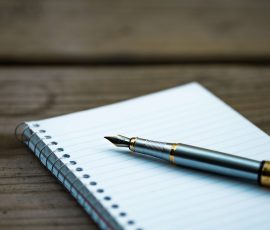“What does an engaged high school science classroom look like?”
“What do you do when half of your students have finished the in-class exercise, and half are still working?”
“How can you implement more research opportunities into your high school classroom?”
These are some of the questions that 40+ high school teachers considered together at the 2022 Partners in Science Regional Conference, recently held in Vancouver, WA. As participants of the Partners in Science Program, these teachers have been engaged in cutting-edge research with university scientists for the last 1-2 years. These partnerships are a way for high school educators to refresh their teaching, reinvigorate their love of science, and bring new research back to the classroom. They also provide university researchers with research assistance and fresh eyes on important projects. (For a roundup of some recent Partners in Science projects, read this post.)

This regional conference was a chance for Partners in Science participants to meet fellow educators, learn new classroom techniques, ask questions, and share their research. Over four days, they gathered for learning sessions, practice lessons, poster presentations, networking, discussion, and fun (high school teachers know how to enjoy a group game!)
Though the sessions were guided by Partners in Science coaches who have years of experience in the high school classroom, one of the joys of this program is that learning and growing is always seen as collaborative. Whether in their first or fifteenth year of teaching, all participants had something to share and something to learn. Now, armed with this spirit of collaboration and new teaching techniques, these educators have dispersed back to their classrooms for what should be an engaging year of teaching.
In these first weeks of a new school year, we think of these educators who are already working tirelessly in their classrooms. Thank you, Partners in Science participants and all teachers across our region, for pouring into our students and preparing future generations for scientific careers that serve the common good.







